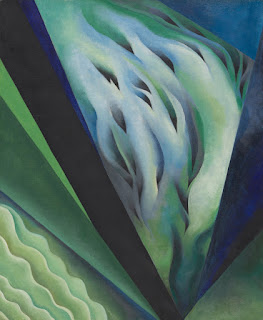Art and Scientific Discovery in the 1700s

Art and Scientific Discovery in the 1700s Georg Dionysius Ehret (1708-1770) In the 1700s, many new plants and flowers were discovered, named, and drawn. This time period was when Carolus Linnaeus developed his classification system for naming plants and animals. Artwork specific to botany flourished because many artists were creating pieces based on Linnaeus' classifications. Through this artwork, scientific knowledge spread. Georg Dionysius Ehret was a German-born botanical artist that was very influential during the Enlightenment because he illustrated many of the plant findings of Carolus Linnaeus. Ehret combined beautiful artwork with scientific elements found by Linnaeus. Above is one of Ehret's works called Methodus Plantarum Sexualis in sistemate naturae descripta. Made in Leiden, Netherlands in 1736, this piece of art is one of many created by Ehret to show Linnaeus' botanical findings. It's very important because the art allowed people to visualize the new spe...

